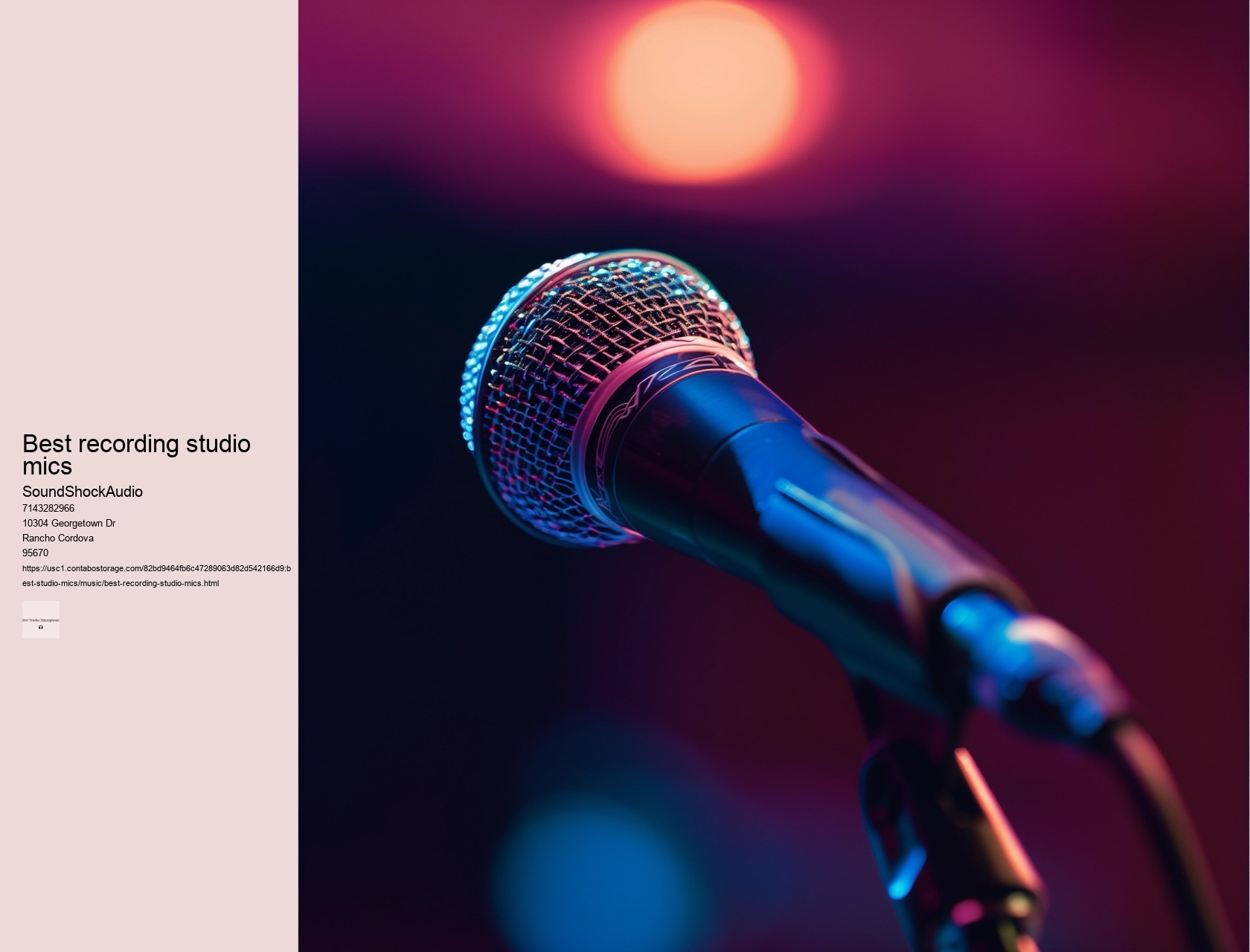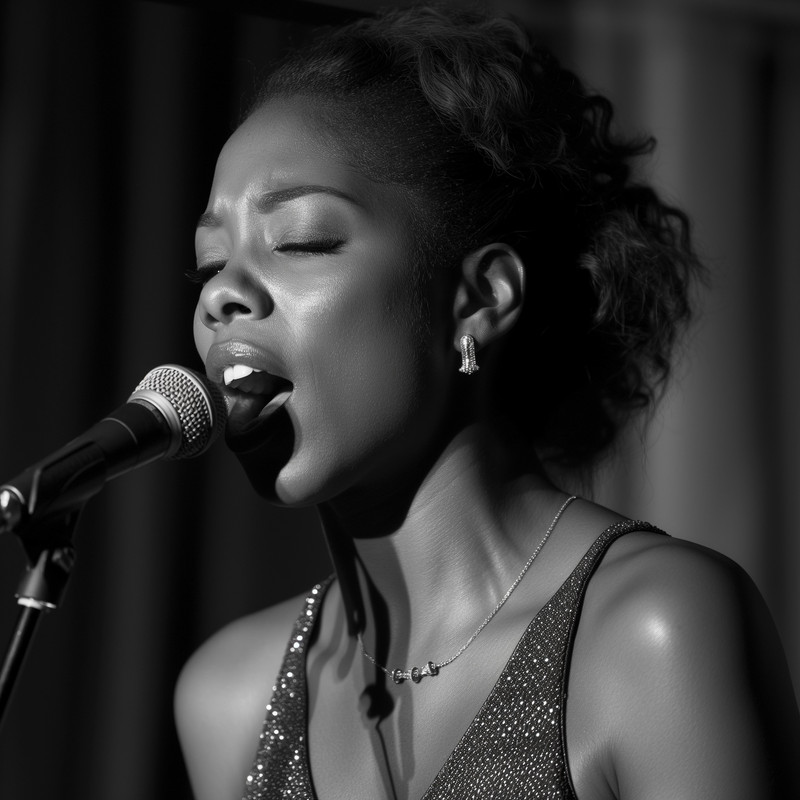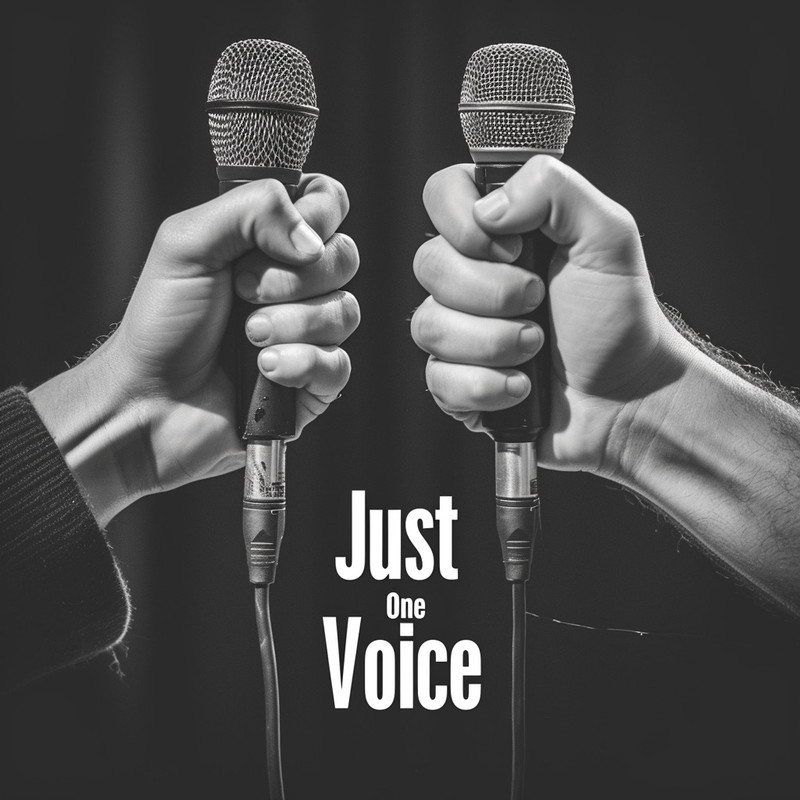

You can use it for toms, but you will need stands. This characteristic profoundly influences the sound character, shaping how different frequencies are accentuated or diminished. It shines when capturing acoustic instruments due to its detailed sound reproduction but may falter with high SPL sources unless handled carefully.
Learn more about the Blue Yeti mic and other microphones from this manufacturer by reading our review. The design of the RCA 44 mics from 1952 remains largely unchanged.
Mics with this polar pattern will be the least susceptible to feedback. To find out which microphone to buy, check out the best studio microphones on SoundShockAudio.. For musicians and vocalists, superior audio capture is non-negotiable.
It employs tools such as reflection filters or isolation booths to erect barriers against unwanted auditory intruders. This mic does not have noise cancellation. curve
Dabble with various accessories such as pop filters, reflection filters, and shock mounts; these tools can significantly alter your recording results by minimizing unwanted noise and vibrations. Conversely, distance creates space and airiness, often preferred for capturing natural acoustic instrument tones. Samson C01 features a heavy-gauge mesh grille, a gold plated XLR connector and LED monitoring.
The Role of Preamps and Audio InterfacesAchieving studio-quality sound is an art that relies heavily on the use of sophisticated equipment, with preamps and audio interfaces being central to this process. The Rode NT1-A presents itself as an affordable yet highly capable condenser microphone with a reputation for quiet operation thanks to its low self-noise level.
Dynamic mics are revered for their durability and ability to handle high sound pressure levels—ideal for drums and electric guitars. Omnidirectional mics capture everything around them equally; thus they're best in controlled studio environments.
This handbook, MIKED-UP – HOME RECORDING, from Shure, contains miking techniques, tips and tricks, and microphone basics for new producers as well as those who are looking to improve their skills. It captures all the details.
We'd use any mic on this list for our own recordings. While budget constraints may tempt some to opt for cheaper alternatives, it is essential to recognize that such thriftiness often comes at the cost of audio integrity. Overall, sE has done a great job with this upgrade.
The 44 mic has been used by artists for decades to produce silky smooth vocals. Ribbon microphones tend to be more niche due to their delicate nature but offer a warm vintage sound that is often sought after by audiophiles looking to add character to their tracks.
By defining your sonic goals early in the production, you can choose the best kit to meet those objectives. They also enjoyed by David Bowie, Chris Cornell and St.
Conversely, in a professional setting where precision is paramount and resources less constrained, one might lean towards an industry titan like the Neumann U87. Pop filters are another indispensable tool for pristine vocal recordings.


It's more in the upper mids. This phenomenon increases bass frequencies as a mic gets closer to the source, which can be both a blessing and a curse depending on the desired outcome. By considering your specific needs—whether you seek the pristine sound offered by classic XLR-connected condensers or crave the flexibility of USB or wireless mics—you'll find an option that not only captures your voice or instrument authentically but also integrates seamlessly into your creative workflow.- XLR cables vs USB mics: balancing quality with convenienceIn the realm of studio recordings, the quest for pristine audio often leads to a crossroads: choosing between XLR cables and USB microphones.
For those starting their recording journey or looking to expand their mic locker without financial strain, exploring entry-level microphones presents an opportunity to dive into high-quality audio production headfirst. Clarity in audio capture is paramount and hinges on selecting a mic that complements your specific needs.
These are not mere hues; they are tools to sketch audio landscapes. How to Capture Studio-Quality Sound: Uncover the Top Microphones for Flawless Recordings!- Importance of capturing high-quality audio for various applicationsCapturing high-quality audio is paramount across myriad applications, from professional studio recordings to podcasting, filmmaking, and live broadcasting.
What do you get when you combine this history with a collaboration with AKG and add new components? This harmonious integration paves the way for pristine recordings that stand shoulder-to-shoulder with industry standards—allowing artists to not only capture their creative visions but to broadcast them with unparalleled definition and authenticity.
Check the polar pattern of a microphone before buying one. The angle at which the microphone receives sound waves also plays a crucial role in sculpting the sonic character of recordings. They have a clear and natural midrange and a top end that is open and natural.
This ribbon mic can handle higher SPLs while reproducing natural sound.

Ribbon microphones often rise to this occasion with their legendary transient response and natural tonality. The MOTIV app is a great addition to the MV7, allowing you to select specific vocal presets for a professional sound. To ensure pristine audio quality, incorporating acoustic panels, bass traps, and diffusers is essential.
This can be advantageous when the goal is to record an authentic representation of an acoustic space or gather ambient noise along with primary sources. What is the best microphone for vocal recording?
While budget microphones might offer short-term savings, their longevity and consistency often fall short. Continue to use this website and you consent.
These mics are adept at capturing a wide frequency range with a flattering presence boost that breathes life into vocals and acoustic instruments alike. Bass traps in corners tackle low-frequency build-up, which can otherwise muddle your recordings with boomy or muddy characteristics.
This could be useful when setting up multi-miked kits. Audio-Technica AT2020 has a low-mass, wide-range diaphragm that allows it to record voices accurately. Brands like Neumann or AKG have set industry standards with models praised by audio engineers worldwide.
While professional studios boast high-end mics with price tags that soar into the stratosphere, there lies a treasure trove of entry-level microphones that debunk the myth that quality must come at an exorbitant cost. Figure-8 or bidirectional microphones have a dual-lobe pattern, picking up sound equally from both the front and back but not much from the sides.
At its most fundamental level, there are three primary categories of microphones: dynamic, condenser, and ribbon. In summary, while top-notch microphones are crucial for flawless recordings, it's paramount not to overlook the importance of a high-quality audio interface.
The SM57 is the perfect snare mic for guitars. However, they may not be suitable for a close-micing a 4x12 guitar amplifier cabinet.
Juice WRLD, like many professional artists, used various microphones throughout his career for recording. However, one of the microphones he is known to have used is the Shure SM7B, a popular choice among artists for its warm, smooth sound and ability to capture clear vocals. This microphone is favored in professional recording studios for its versatility and performance.
Stevie Wonder has used various microphones throughout his career, but he is notably known for using the Neumann U87 for many of his studio recordings. This microphone is renowned for its versatility and warm, clear sound, making it a favorite among many artists and producers.
Billie Eilish, along with her brother and producer Finneas, primarily uses the Audio-Technica AT2020 cardioid condenser microphone for much of their recording work. This affordable yet high-quality mic has been a part of their setup, especially during the early stages of their career, contributing to the creation of their distinctive sound.